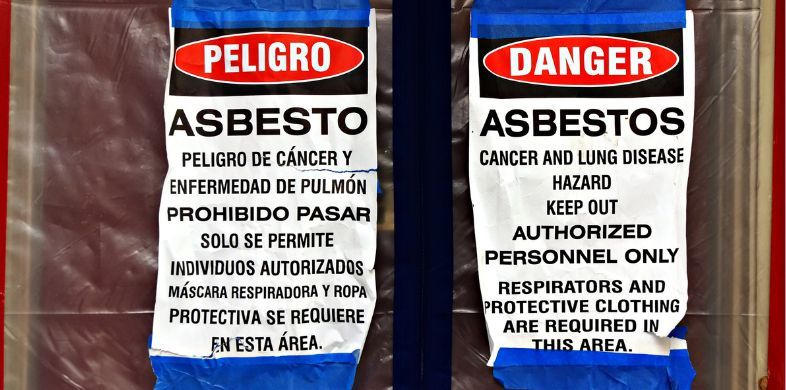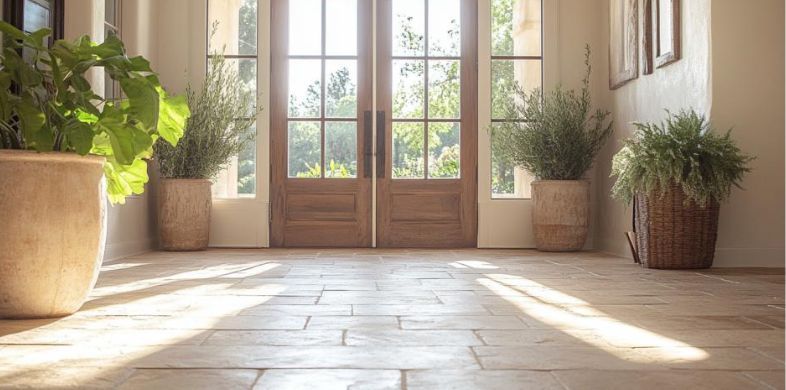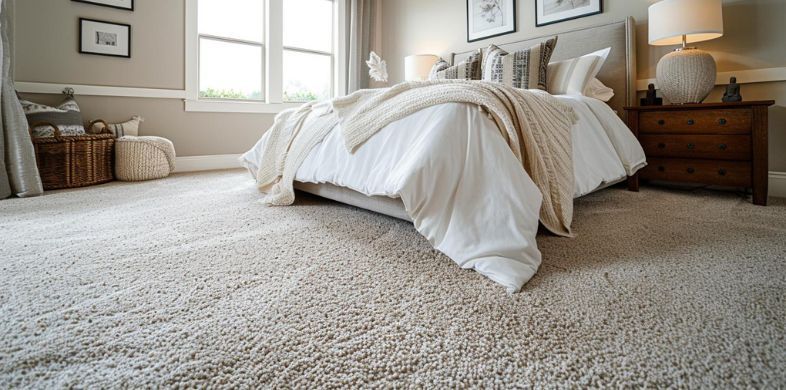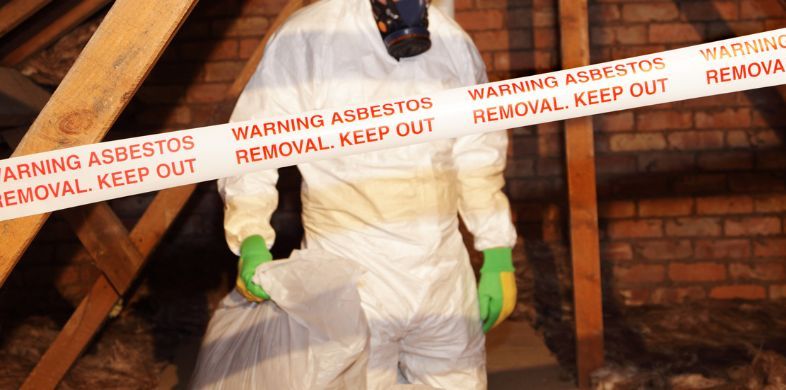How Long Does It Take for Tile to Dry After Cleaning?
On average, tile and grout surfaces take around 30 minutes to 24 hours to dry completely after a professional cleaning. However, this duration can vary widely based on factors such as tile type, grout porosity, indoor temperature, and humidity. Each of these elements plays a role in how long tile and grout cleaning services will need before your floors are fully dry and ready for use.
The drying time after tile and grout cleaning largely depends on:
- Tile Material – Natural stone and unglazed tiles typically take longer to dry than ceramic or porcelain.
- Grout Porosity – Grout is more porous than tile, so it absorbs water and takes longer to dry.
- Cleaning Solution Used – Mild, eco-friendly solutions tend to dry faster compared to harsh chemicals or soapy cleaners.
- Environmental Factors – High humidity slows drying, whereas well-ventilated areas speed it up.
By understanding all these factors, homeowners can better prepare their space after cleaning and anticipate the drying time. Steamy Concepts, a trusted tile and grout cleaning provider recommend keeping rooms well-ventilated after a cleaning to promote faster drying times.
Factors That Affect Tile and Grout Drying Time
There are a few different factors that impact tile grout drying time:
Tile Material and Surface Type
The type of tile material significantly impacts drying time. For example:
- Ceramic and Porcelain Tiles: These tiles are less porous and dry faster, often within a few hours after cleaning. They are ideal for areas that you quickly need access to.
- Natural Stone Tiles: Materials like marble, limestone, and granite are highly porous and can retain more moisture, leading to a longer drying period, sometimes extending up to 24 hours.
These differences highlight why specific cleaning methods and drying practices should be considered for each tile type. Steamy Concepts tailors its cleaning approach to each tile surface to reduce drying time.
Grout Porosity
Grout, the material between tiles, has a substantial effect on drying times. Grout is typically porous, which means it absorbs moisture more readily. This porous quality means that grout needs additional time to dry compared to the tiles themselves. In cases of deep cleaning or heavy scrubbing, grout can take up to 24 hours to dry.
Using a grout sealant after cleaning can reduce drying time significantly. Sealed grout has a layer of protection, preventing excess water absorption and allowing for quicker drying times. Steamy Concepts offers grout sealing services to help homeowners maintain cleaner, faster-drying floors with a polished finish.
Environmental Conditions (Humidity, Temperature, and Ventilation)
Humidity levels and ventilation play crucial roles in the drying process. Higher humidity levels retain moisture in the air, making it harder for tile and grout to dry. In contrast, a well-ventilated space with low humidity speeds up the drying time. Factors that help tiles dry faster include:
- Ventilation: Open windows or use fans in the area where tile and grout cleaning has been performed.
- Temperature: Warmer temperatures help evaporate moisture faster, so increasing the room temperature can be beneficial.
- Dehumidifiers: Using a dehumidifier in humid conditions can absorb excess moisture in the air and significantly speed up drying.
For homeowners concerned about drying times in humid climates, placing a fan or dehumidifier in the room can make a notable difference. With these techniques, Steamy Concepts helps ensure that tile cleaning in humid environments is efficient, preventing mold growth and residue.
Cleaning Equipment and Methods
The drying time also depends on the cleaning equipment and method used:
- High-Pressure Cleaning: While effective at removing deep dirt and stains, high-pressure cleaning methods can leave more residual moisture, taking a longer time to dry.
- Low-Moisture Cleaning: This method uses minimal water and is ideal for reducing drying times. Steamy Concepts often recommends low-moisture methods to balance deep cleaning with faster drying.
For best results, professional tile cleaning services assess each situation and recommend a cleaning method based on tile type, room conditions, and customer preferences.
How to Speed Up Tile and Grout Drying After Cleaning
While tile drying time can vary, certain strategies can help speed it up. Here’s what Steamy Concepts recommends for quicker drying:
Use Fans and Dehumidifiers
Placing fans in the area where the tile and grout cleaning was performed can increase airflow and speed up the drying process. This method is particularly helpful in humid climates, as the fans circulate fresh air that helps evaporate excess moisture. Additionally, placing a dehumidifier in the space further helps in absorbing lingering moisture, making it especially effective for homes in high-humidity regions.
Apply Grout Sealants
Applying a grout sealant creates a protective barrier that prevents grout from absorbing excessive moisture. This approach reduces both the need for cleaning and drying time, as grout with a sealant layer is less likely to absorb water. Steamy Concepts offers grout sealing as an add-on to its tile and grout cleaning services, helping clients maintain fast drying and clean floors.
Limit Foot Traffic on Cleaned Tiles
After cleaning, it’s best to avoid walking on freshly cleaned tiles for at least 4-6 hours to prevent dirt and oils from accumulating on the wet surface. Foot traffic can introduce contaminants, extending the drying period and compromising the cleaning quality. A professional tile and grout cleaning service like Steamy Concepts will provide instructions on optimal drying times based on your specific flooring.
Maintenance Tips for Long-Lasting Clean Tiles
To extend the life of your tile and grout and reduce the frequency of deep cleaning, consider these maintenance tips:
- Regular Sweeping and Mopping: Weekly sweeping prevents dirt buildup, while a damp mop with a mild cleaning solution helps to keep tiles free from grime. Avoid harsh chemicals or soap-based cleaners, as they can leave a residue that may affect grout over time.
- Periodic Deep Cleaning: Even with regular maintenance, tile and grout require periodic professional deep cleaning. Schedule professional cleaning with Steamy Concepts every 6-12 months to remove deep-set dirt and restore the tiles’ original look.
- Using Appropriate Cleaning Products: Acidic or highly alkaline cleaners can erode grout and damage tiles over time. Look for neutral pH cleaners or consult with professionals, such as Steamy Concepts, for guidance on safe cleaning products.
For more maintenance insights, refer to tile and grout care guides or Steamy Concepts’ resources on maintaining a fresh, clean surface.
Final Thoughts
Tile and grout cleaning is essential not only for aesthetic appeal but also for a healthy, sanitary environment. Drying times after cleaning can vary depending on factors like tile material, humidity, and the cleaning method used. By following a few simple steps, such as improving airflow or sealing grout, you can reduce drying times and maintain a cleaner space for longer.
For homeowners looking for professional, reliable tile and grout cleaning, Steamy Concepts provides top-notch service that includes tailored cleaning techniques designed to maximize cleanliness while minimizing drying time. Whether you need a one-time clean or regular maintenance, contact Steamy Concepts to keep your tile and grout looking pristine.
FAQ
How soon can I walk on the tiles after cleaning?
It’s best to wait 4-6 hours before walking on freshly cleaned tiles to allow the grout and tile surface to dry completely, preventing dirt and oils from affecting the clean finish. Contact us at Streamy Concepts to learn more.
Does grout dry faster than tile?
Grout often takes longer to dry due to its porous nature. Applying a grout sealant can help it dry faster and maintain cleanliness longer.
How often should I schedule professional tile cleaning?
To maintain a clean and healthy home, aim for professional tile and grout cleaning every 6-12 months. This keeps grout protected and tiles free from deep-seated dirt.









